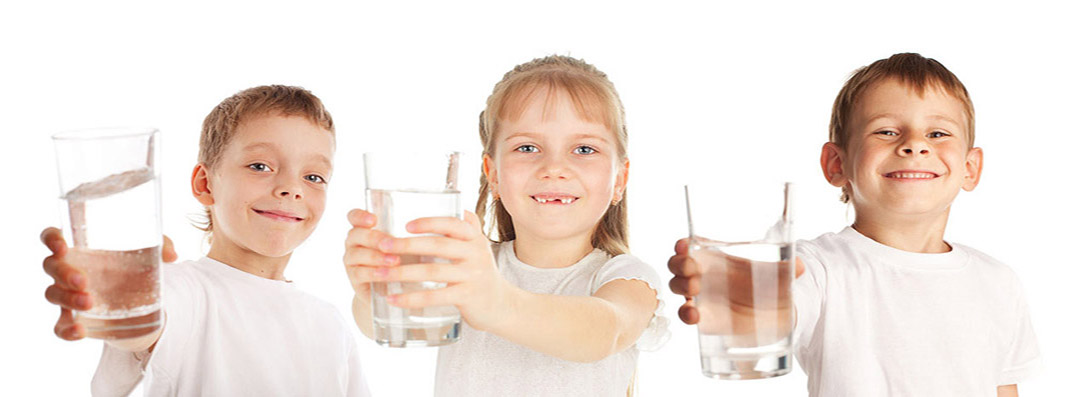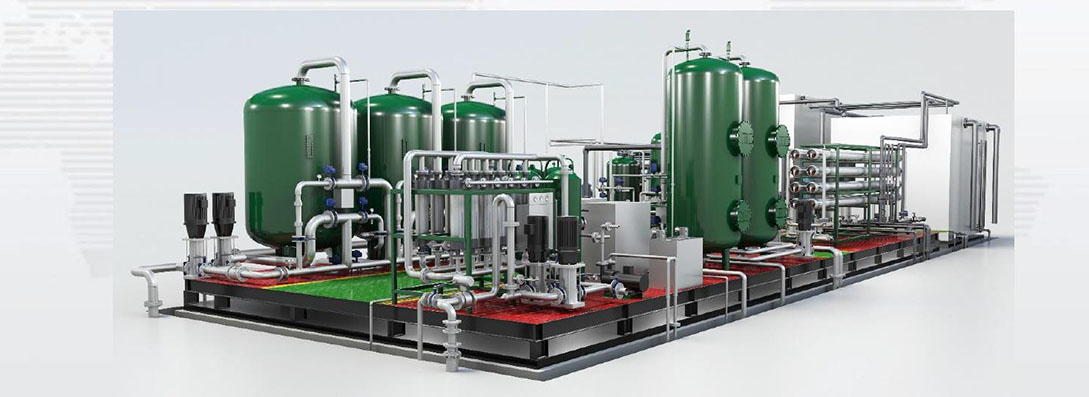Using hypochlorous acid as an agricultural pesticide
The majority of pesticides have a lengthy list of dangerous ingredients, and the ones that don't are frequently ineffective. Even purportedly natural pest management strategies may result in negative side effects like pesticide resistance or runoff.
How can a plant infestation be treated without posing a risk of poisoning to yourself, your pets, or your plants? You can see where this is headed, I'm sure! When used as a fungicide, hypochlorous acid effectively combats the growth of algae, gray mold, powdery mildew, and other fungal infections.
A study done by the University of Georgia showed that hypochlorous acid reduced powdery mildew on gerbera daisies in a commercial greenhouse setting by over 40% when applied multiple times a week. Research by Hong et al (2003) found that free chlorine concentrations ranging from 0.25 to 2 ppm could kill the zoospores of Phytophthora nicotianae, capsici, P. cinnamomi, P. citricola, P. citrophthora, P. cryptogea, and P. megasperma. Researchers in Colombia found that Botrytis cinerea, another major plant pest, could be inactivated by 50 ppm of hypochlorous acid after 6 minutes.
A study by the University of Guelph found that chlorine concentrations of 2 ppm were strong enough to eliminate Pythiaceae pathogen variants. This is great news for anyone in the commercial greenhouse or hydroponic industry, as hypochlorous acid provides you with a three-in-one product: fungicide, line cleaner, and root zone enhancer all at once.
Another one of the most common greenhouse pests are fungal gnats and aphids. While there is currently only anecdotal evidence for the efficacy of hypochlorous against insects, we do know that hypochlorous can reduce insect concentrations in a different way. Insects are often attracted to plants that already have some form of algae or fungus nearby for them to live in. Using hypochlorous regularly can reduce or remove those environments entirely, thus keeping the pest populations down to a minimum.
While hypochlorous is safe to spray on plants and add to their water sources, it is important to monitor the chlorine levels. Chlorine concentrations of over 4 ppm can have detrimental effects on the plant system, and long-term exposure of greater than 2 ppm hypochlorous can also be toxic to some plants. We always recommend testing hypochlorous on a small sample of plants before applying it to your entire crop.
Application
Contact Us

Name: Diana
E-mail: [email protected]
Skype: +86-15-22-27-71-011
WeChat: +8615222771011
Whatsapp: +8615222771011
Add: Office N.420D-C1 Tower Ajman,UAE









 Skype Chat
Skype Chat WhatsApp
WhatsApp  Mail inquiry
Mail inquiry
